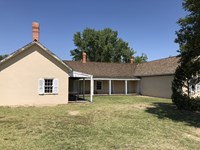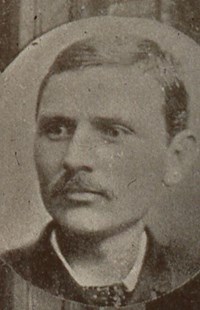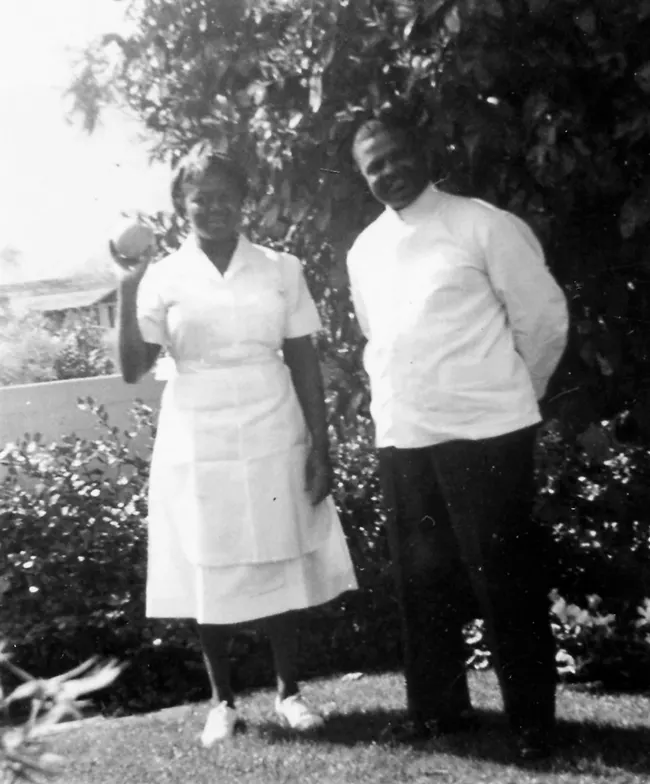- Golden Gate National Recreation Area (96)
- John Muir National Historic Site (78)
- Muir Woods National Monument (60)
- Boston National Historical Park (58)
- Point Reyes National Seashore (36)
- Boston African American National Historic Site (35)
- John Fitzgerald Kennedy National Historic Site (34)
- Lewis & Clark National Historic Trail (31)
- Pinnacles National Park (27)
- Show More ...
- San Francisco Bay Area Inventory & Monitoring Network (16)
- Geologic Resources Division (11)
- National Register of Historic Places Program (9)
- Inventory and Monitoring Division (7)
- National Center for Preservation Technology and Training (6)
- Network to Freedom (5)
- Archeology Program (4)
- Klamath Inventory & Monitoring Network (3)
- National Historic Landmarks Program (3)
- Show More ...
Showing 918 results for John Muir ...
Roebling's Delaware Aqueduct
- Type: Place

Upper Delaware Scenic and Recreational River is the home of the oldest existing wire suspension bridge in the United States - the Delaware Aqueduct, or Roebling Bridge as it is now known. Begun in 1847 as one of four suspension aqueducts on the Delaware and Hudson Canal, it was designed by and built under the supervision of John A. Roebling, future engineer of the Brooklyn Bridge.
Port Royal State Historic Park
- Type: Place

“...the people…are moving not from choice to an unknown region not desired by them.” Elijah Hicks wrote these words to Chief John Ross while camped at Port Royal, Tennessee in October 1838. Port Royal was the last place over 10,000 Cherokees slept in Tennessee before crossing into Kentucky. They were travelling along the Great Western Road, part of the Northern Route, which ran from Nashville, Tennessee to Missouri. Visitors can walk about a 1/4 mile of that historic roadbed.
How the Role of Secretary of State Pushed John Quincy Adams to the Presidency
- Type: Article
John Quincy Adams had an impressive resume even before he became President of the United States. He started as a lawyer and a political commentator and was a diplomat to important European countries such as Russia and Great Britain. He even served as a U.S. Senator from 1803 to 1808. Yet, an important role that Adams held, which pushed him toward the presidency, was serving as Secretary of State in President James Monroe's cabinet.
- Type: Person

John Pegram was a career United States army officer and West Point graduate who resigned his commission in 1861 to accept a position in the Confederate army. In the summer of 1861, at Rich Mountain, Virginia, he became the first former US Army officer to be captured by Federal forces when he surrendered his entire regiment. Pegram returned to the Confederate army and served until his death in February 1865.
- Type: Person

Horatio Gates, a former British army officer, settled in Virginia in the 1770s and volunteered for service with the Continental Army after the American Revolution began. Commissioned a major general, Gates famously commanded the northern army that defeated British General John Burgoyne's army at Saratoga in 1777, a major turning point in the war. Gates, a favorite of Congress, was later assigned to the Southern Department where his military career ended in defeat at Camden.
- Type: Person

John Small freed himself, his wife Susan, and their infant son Phillip during a dangerous escape aboard the Confederate steamer, Planter. As the ship’s engineer, John was instrumental in the success of the mission in which he and pilot Robert Smalls brought a total of sixteen men, women and children out of slavery and into freedom.
- Type: Place

The Accokeek Creek site was excavated in the 1930’s by Alice and Henry Ferguson who purchased land for their home in present-day Piscataway Park in the 1920’s. After excavating tens of thousands of artifacts, the Ferguson’s came to believe that they had rediscovered the site of “Moyaone,” the principal town of the Piscataway chiefdom visited by Captain John Smith in 1608.
John Kappa
- Type: Person
John James Takacs
- Type: Person

John was one of six children (three boys and three girls) of Stephen and Elizabeth Takacs, who immigrated from Hungary. John grew up in a Bridgeport, Connecticut. In mid-December he arrived in California and on December 31, 1943, he joined the crew of USS Cassin Young (DD-973). Cassin Young was hit by a second kamikaze on July 30, 1945. Forty-five sailors were wounded and 22 were killed. WT2c(T) John Takacs was one of them.
Commodore John Barry Memorial
John Hancock
John Fulton
Elsa Gidlow's "Chains of Fires"
- Type: Article

When Elsa Gidlow first laid eyes on the land above Muir Woods National Monument, she knew it was “the place to realize a dream.” That dream was Druid Heights, her home from the mid-1950s until her death in 1986. As a lesbian writer, poet, and philosopher she refused to conform to mainstream America’s ideas about family, love, and home. Every year she lit a Winter Solstice Fire, a ritual that connected her with women across time.
John Fenn
Boggsville Historic Site
- Type: Place

Boggsville was once a stage stop on the Santa Fe Trail. Key businesses there were trading stores, owned by Thomas O. Boggs (built in 1862) and John W. Prowers (built in 1867). Boggsville became the seat of Bent County in 1870, but the coming of the railroad to nearby Las Animas brought about the town's downfall by 1880.
Yaadaas Crest Pole
- Type: Place
Amos Tanner
- Type: Person
Amos Tanner enlisted in Montville, Connecticut in the company of Capt. John Durkee, in Col. Israel Putnam’s regiment, and was present at the Battle of Bunker Hill at the rail fence. It is likely that he died in service.









